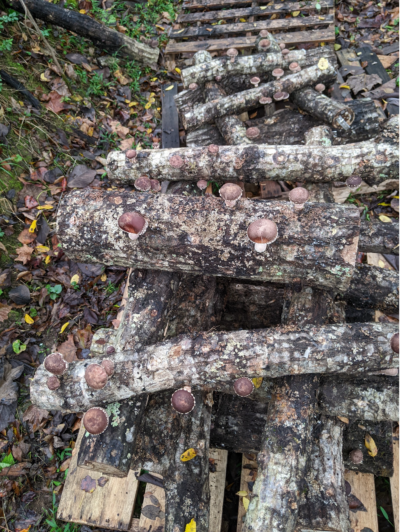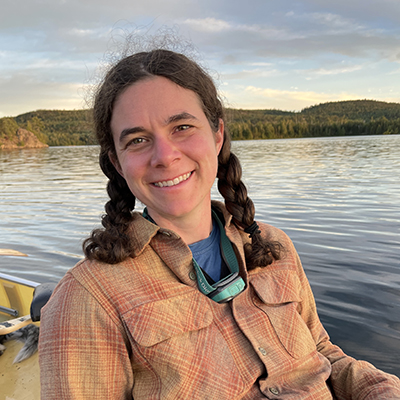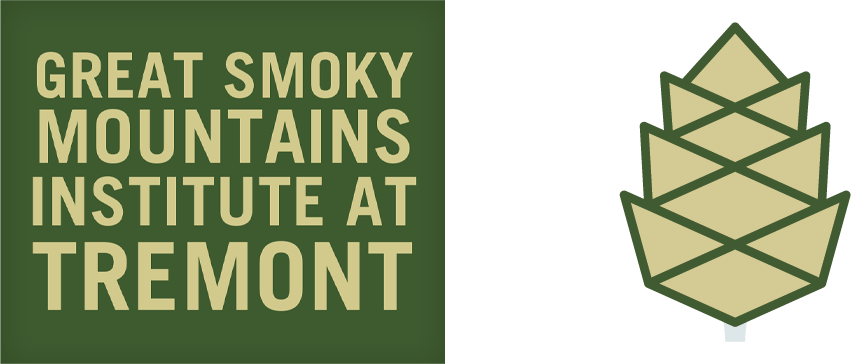*Hint: click the links for four different perspectives on mycelium
 This fall, I harvested about eight gallons of shiitake mushrooms at the second campus and distributed them among staff, who returned with stories of yummy pizzas, soups, and stir-fries. As I twisted a mushroom cap off a log recently, I recalled a few crisp days last year in early March when these logs were only ripe in my imagination.
This fall, I harvested about eight gallons of shiitake mushrooms at the second campus and distributed them among staff, who returned with stories of yummy pizzas, soups, and stir-fries. As I twisted a mushroom cap off a log recently, I recalled a few crisp days last year in early March when these logs were only ripe in my imagination.
Early in 2023, a huge red oak fell in the bottom field. Three feet in diameter, I had to push off the ground and fling myself over the trunk to gain the other side. In a recent survey conducted as part of our site assessment, this would’ve been one of the largest trees at the second campus – the grandmother reaching her branches high.
In the forest, regeneration happens without human intervention. Left to wilderness, the oak would slowly decompose, succumbing to mycelium, carpenter ants, beetles, woodpeckers, and other trees, growing from acorns that wedge their roots into the newly formed soil from her sapwood. But I couldn’t leave this tree in the field to decompose. She’d have wrought havoc with the neighbor’s mower when he cut the field for hay.
So, on two afternoons last March, a group of Tremonsters gathered to plug the logs with shiitake spawn. If you’ve never participated in this process, it’s best accomplished in a group, like an old-fashioned barn raising. An assembly line forms: cut the logs to length, drill holes every few inches, use a simple spring-loaded contraption to jab inoculating mycelial spawn into the holes, paint over the spawn with cheese wax to protect the spawn and keep them damp, and then stack them like Lincoln Logs to prevent other “enemy” mycelium from colonizing the log before the shiitake emerge. With enough rainfall and a little luck, the logs start producing in about six months and continue for the next five to six years as they gradually return to the soil.

Over those spring afternoons, a rhythm developed to the work and Joey, one of our teacher naturalists, serenaded us with Irish tunes. Kelly, our registrar, Kathy, our director of finance, and Amy, one of our volunteers, joined us for the afternoon to help. In sharing this experience, we all walked away with new skills and new stories.
And, after all this, there was the rest of the tree: enough branches for a local ministry group to split several cords of firewood to deliver to families in need, plus, of course, the trunk. Three feet in diameter and 20 feet long. We supported it off the ground, keeping it from rotting until we mill it, potentially providing thousands of board feet of lumber for future construction on this land where participants will live and learn.
Recently, we’ve been talking a lot at Tremont about the idea of regeneration. In the words of author Daniel Christian Wahl, regeneration is the process where “life creates conditions that favour life.” It’s easy to see the material ways in which this tree produced new life for us: firewood to keep folks warm, food, habitat for animals, and materials to construct shelter. These are the fruits of our labor.
What’s harder to see, but just as meaningful are the mycelial networks producing those fruits. By a quick count, the work of “cleaning up” involved 12 people, whose roles at Tremont don’t always directly intersect. This time spent working and laughing together facilitated new connections. If you’ve ever attended a Tremont program, you know that connection is what we’re all about. Whether you were here as a 6th grader in the 70s, a staff member in the 90s, or a student last week, you made connections while at Tremont: sharing a dorm and meals with new friends, discovering unexpected creatures in the leaf litter, exploring new career paths, and developing a renewed sense of humanity.
And like the mycelial networks of our mushrooms, these connections will continue to mature, producing not only pizza, soups, and stir-fries, but also metaphorical fruits for years to come.
About the Author

Elizabeth Davis is the Field Programs Specialist at Great Smoky Mountains Institute at Tremont. She is a native East Tennessean who grew up exploring and backpacking in the Southern Appalachians before moving away to the snowy mountains of the northeast. She received a B.A. in Environmental Studies and Conservation Biology from Middlebury College, worked at John C. Campbell Folk School in North Carolina, spent a few seasons at the Ashokan Center in the Catskills, and hiked from Maine to Georgia on the Appalachian Trail before finding her way back home. She has worked at Tremont full-time since 2014.




